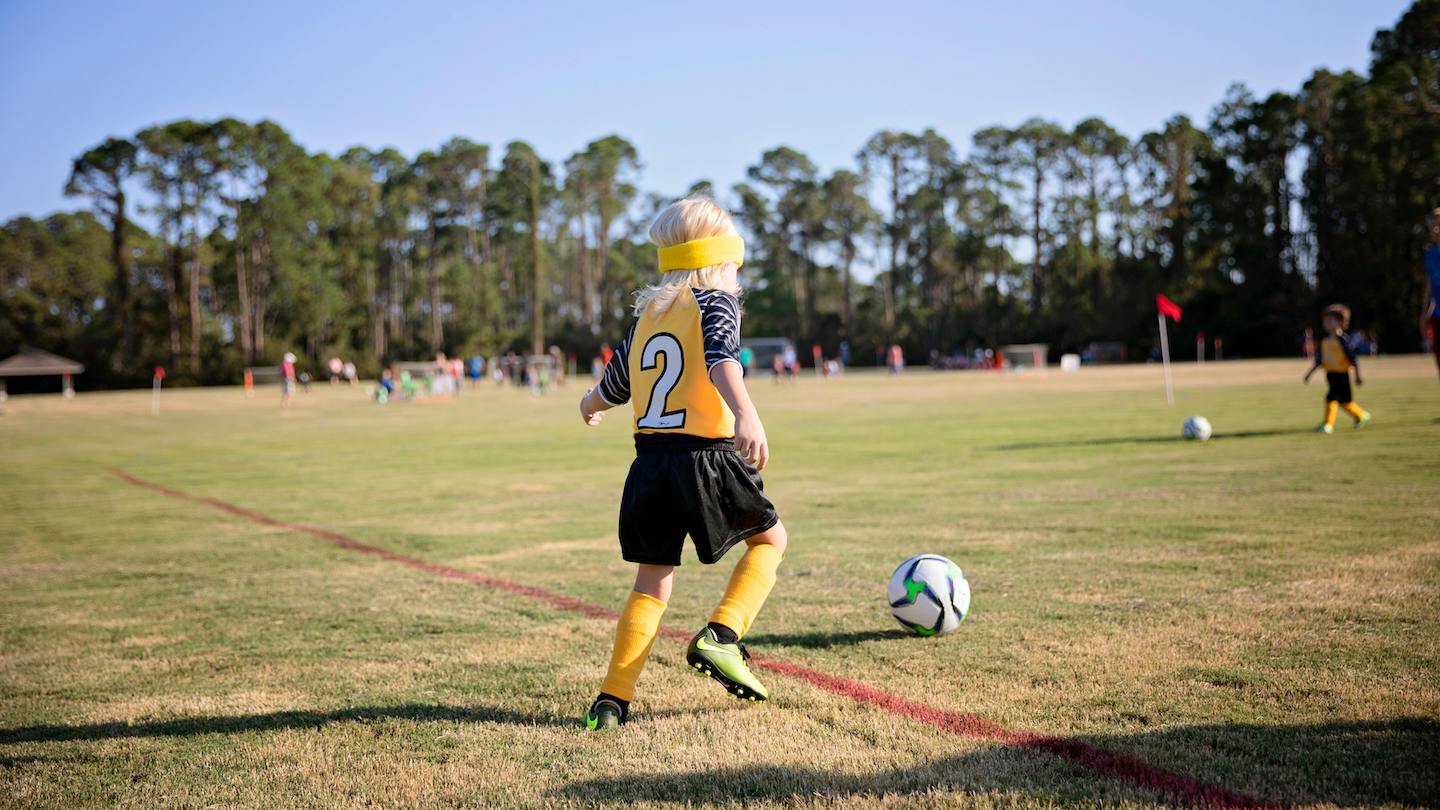I spend a good amount of time on fields all over Long Island and am lucky enough to work with a staff of 16 fellow educators who spend a similar amount of time around fields all over the state. We talk frequently about the inherent joy in coaching, the challenges of teaching courses and the coaching we see on the fields.
However, with our recent grassroots mandate, we have created a tipping point with travel-aged players. No such tipping point has been created for the huge number of intramural players involved throughout the state and the unfortunate truth of the environments these young players are being taught the game in is quite scary.
The most common issues seen are:
- Too many players on the field. Fewer players, more touches, more decisions, more goals, and as most kids do not begin to understand space until age seven watching 10 kids crowd around one ball should make it clear how unproductive games with larger numbers can be at the ages of 4, 5 and 6. It is worth noting that US soccer is currently piloting 2v2 and 3v3 games with ball never-out guidelines. There are so many evidence-based articles on the difference in the number of touches and associated fun that as I write this, I wonder what drives the move to bigger games.
- Young children doing stretching routines and running laps around a field. Their young bodies are quite elastic and stretching young players is a complete waste of time. Nothing is less needed than running laps without a ball.
- Developmentally-inappropriate training. Young players love activity, they need a huge number of fun activities with the ball so they can become comfortable enough to start to look up and see options, which is the start of decision-making. They hate lines, sitting out, waiting to take a turn, not being involved and being coached like a miniature child.
- Training Companies supply coaches who have zero expertise or knowledge of the skills needed when coaching players aged 4-7.
- Clubs in collusion with training companies who have decided that dragging 2-year-olds out to organized soccer is a good idea.
- The move back to LAPS, LINES AND LECTURES, none of which have any place in teaching young players. I have witnessed firsthand a young coach employed as a professional trainer spend 3+ minutes explaining a line-based activity to a group of 4-year-olds.
All should remember that their first steps in the game are VITAL. They must love the experience and look forward with smiles to the next training session. The sessions should be filled with howls of joy and constant activity. Only then will they keep coming back and learn to love the game.
I have written lots of activity-driven curriculum for these age groups and if you have any interest in looking at it, please e-mail me at [email protected]








